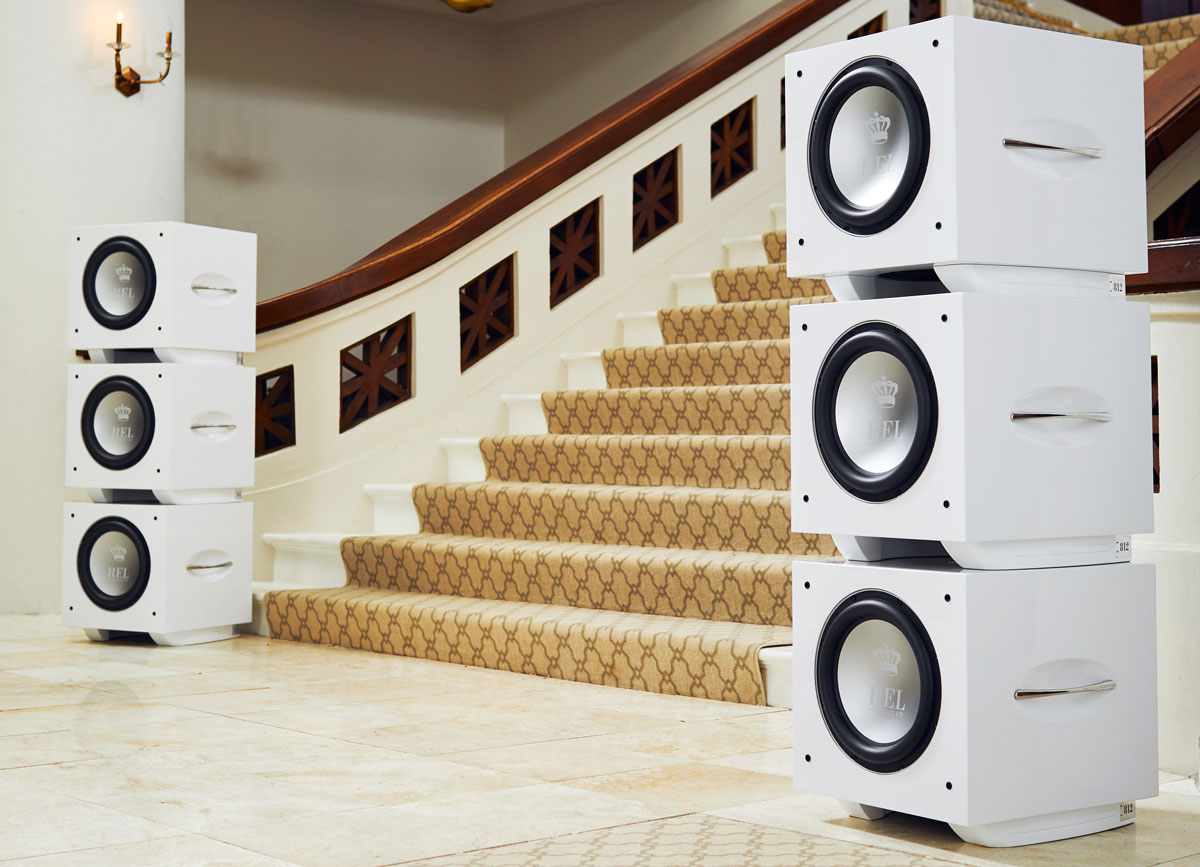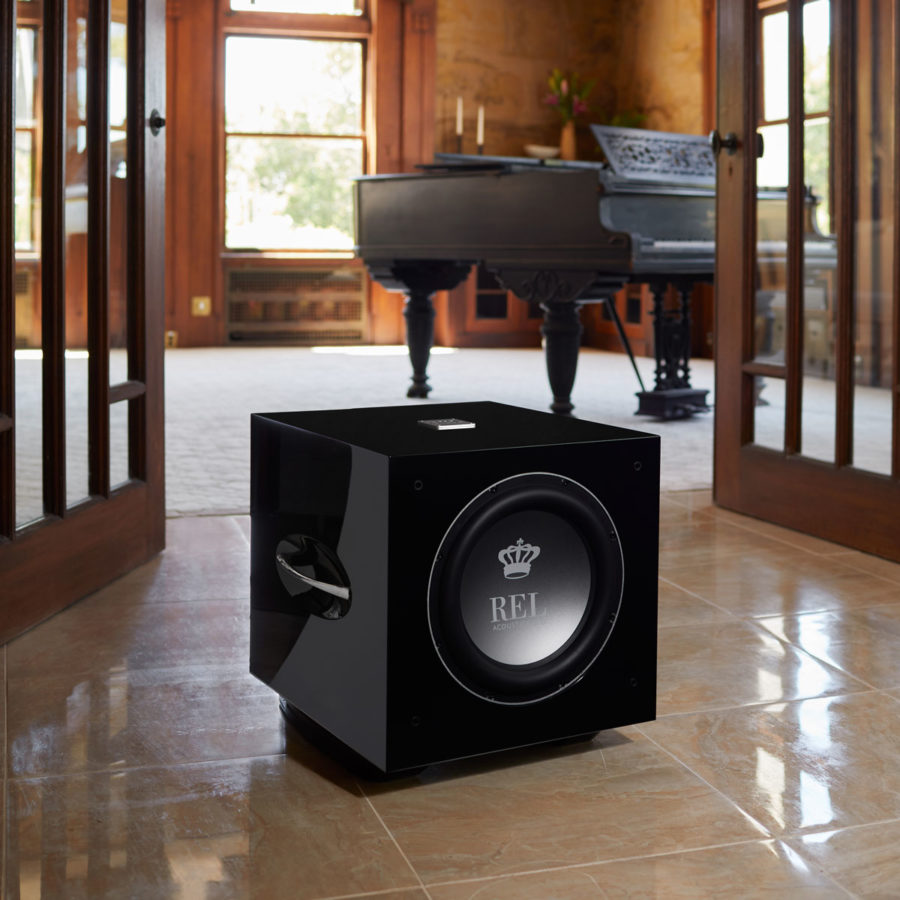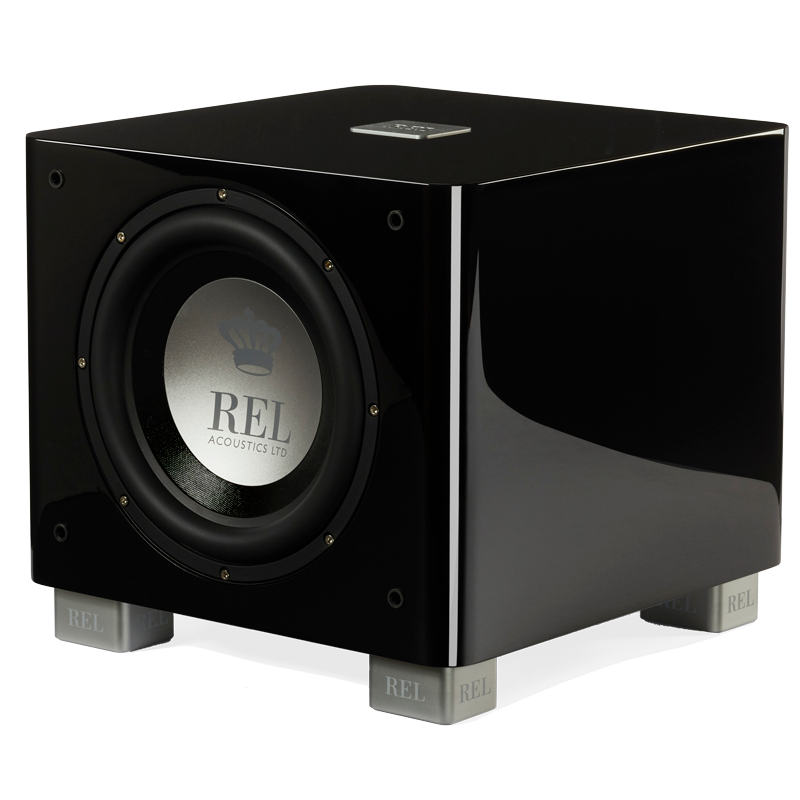Blog
A Look Back at Serie S
Redesigning a Legend

It was almost 6 pm on a Fall night in 2018. “The problem, John, is that Serie S falls in this weird category. Customers that buy our more affordable models get that they deliver amazing sound for the money and are grateful. Those that purchase our Reference product expect and get the best. But the S customer wants it to sound like a Reference for half the price and since that’s not possible they grumble about every little thing.” It was Justin speaking, REL’s Chief Engineer and the man who possesses the necessary deft touch in fine tuning our filters and limiters during product development. This conversation took place in our development studio as we were in the initial stages of defining what the next generation Serie S needed to become, what is now the S/510 and S/812.
He was right of course. But the problem is that nothing actually comes for free. Technically, it was easy to define what to make better. “All” it had to do was play far louder, retain all the speed and agility of the last generation of S, be significantly flatter and go deeper in its low bass performance and generally deliver that “Wow! Experience” anytime it was called upon to do so. All while retaining the musicality and ability to blend seamlessly, which is expected of any REL. Oh, and it would be very nice if it could absolutely KILL in big movie soundtracks. Naturally, it can’t grow much bigger or no one will be able to fit it into their home. And could you please make it just a little bit prettier without resorting to throwing bling around like an East Oakland rapper? Sigh, my head hurt.

When size can’t grow much, within certain limits, the best option is to throw power at the problem. Why? Because it takes power to creatively force more of all the good stuff we all want, as exemplified by the insane list of objectives listed above. Power lets you-in roughly the same enclosed volume of space, force a driver to extend deeper, allows it to play louder, allows creative engineers to use new analog filters that don’t slow down the overall speed of the device but can coax far deeper, louder bass out of a similar object without resorting to computerized trickery at which point the usual sacrifice is anything that sounds like natural music. And if you can’t get sound that is natural, then you’re screwed on producing enjoyable theatre performance that lets you sit through a full 2 ½ hour movie without getting cranky and tired.
And so throw power at the problem we did. We borrowed the huge amp from our 212/SX, a 1,000 watt beast that we ultimately limited to “just” 800 watts or so. Then Justin got busy and whipped up some special filters I requested that simultaneously extend the bottom end into something close to perfect; deep, natural sounding infra-bass that rattles walls but still retains our traditional speed and delicacy; and makes the top end air in a system buckle your knees it’s so beautiful. Perfect. So we called it the PerfectFilter™.
Of course, now you had a huge problem because if we were to throw that much power at our older drivers they’d simply explode ––quite literally. So we whipped up some extra driver stroke; we had to design and build a huge, new flexible surround and completely redo the suspension, but in the end we were able to pull an extra 10mm in each direction. With all that power and ultra-deep bass, the drivers simply couldn’t handle the internal cabinet pressure. To solve this I designed a network of almost weightless carbon fibre blades that adhere to the rear surface of the cone and triples its stiffness, while also eliminating the beer-can-left-in-a-freezer-too-long look. Some lovely little tweaks to the cosmetics and hundreds of hours of testing and we had an S/812. Rinse, repeat and the S/510 was born. Later on, certain that we could finally get real close to the natural, grain-free natural dynamics of the G-1MKII we turned out the Carbon Special but that’s a slightly different story for another time. We made sure to design all of them to be safely stackable so that Line Arrays would finally be available to a much larger audience. So how did we do?
Immediately upon release, we started getting amazing feedback from the field. Dealers and our international partners couldn’t get enough. People marveled at what Line Arrays could do, we sold out, then we sold out and we ordered far more and those sold out. One of our favorite dealers is up to over 20 6-pack Line Arrays, just ordered another 42 units today as a matter of fact. We doubled our orders and those sold out. Somewhere in there, reviewers began weighing in, and along the way we collected some 15 Product of the Year Awards, Subwoofer of the Year—the whole enchilada as they used to say. So I guess we did ok.

But the coolest thing? We get zero complaints from Serie S customers now. Zero. Guess, we finally got enough of what we deliver in our Reference line to satisfy most everyone. And what I love is that more people finally get to hear and experience in their own homes—not just at a trade show or a consumer show for 3 minutes—the amazingness that is a Line Array properly tuned in their own homes. Once you hear it, you can never go back.
I played one cut for a very nice client in one of our finest Southern California dealer’s showrooms about 5 minutes after I had tuned it. We had met 30 minutes before and he was complaining that he owned a single S/510 but couldn’t find space for the second to justify a stereo pair. Thirty minutes later, he had zero problem finding the space for that one and four of its brethren.
That’s our experience of Serie S some 18 months after launch. So much fun, come on in, the water’s perfect.











